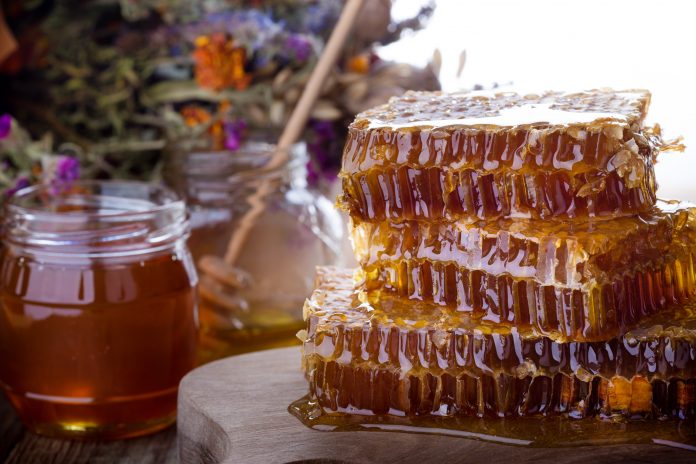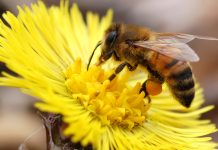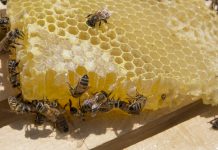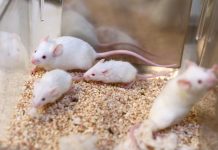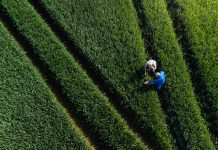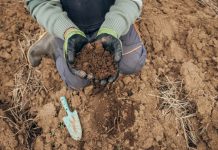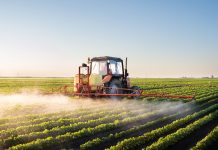In the last few decades, honey yields in the United States have steadily declined since the 1990s, leaving honey producers and scientists looking for answers
Diminishing honey production
A recent study conducted by researchers at Penn State University has delved into the enigma of diminishing honey production, uncovering a web of interconnected factors that may explain the decline.
Published in the journal Environmental Research, the study utilised five decades of data from various sources, including the United States Department of Agriculture (USDA) National Agricultural Statistics Service and USDA Farm Service Agency.
The researchers aimed to understand the dynamics influencing the number of flowers across different regions in the U.S. and, subsequently, honey bees’ honey.
The findings revealed a correlation between changes in honey yields and herbicide application, land use practices, and annual weather anomalies.
What factors have influenced declining honey yield patterns?
One of the significant contributors to the decline was a reduction in land conservation programs supporting pollinators, exacerbating the challenges honey bees face.
Climate conditions and soil productivity appeared as crucial factors in estimating honey yields. States with warm and cool climates exhibited higher honey yields when boasting productive soils. The study emphasised the importance of eco-regional soil and climate conditions as the baseline for honey production, with changes in land use, herbicide application, and weather influencing yearly variations.
Gabriela Quinlan, the lead author and a National Science Foundation postdoctoral research fellow at Penn State’s Department of Entomology and Center for Pollinator Research, explained that the inspiration for the study came from recurring comments at beekeeper meetings and conferences lamenting that “you just can’t make honey as you used to.” Quinlan noted that climate’s association with honey yields became increasingly apparent in the data after 1992.
“It’s unclear how climate change will continue to affect honey production, but our findings may help to predict these changes,” Quinlan stated. The study suggests that pollinator resources may decline in certain regions, such as the Great Plains, while increasing in others, like the mid-Atlantic, due to climate warming and moderation.
“you just can’t make honey as you used to.”
The role of climate conditions
Co-author Christina Grozinger, Publius Vergilius Maro Professor of Entomology and director of the Center for Pollinator Research highlighted the study’s uniqueness, using 50 years of data from across the continental U.S.
Unlike previous studies focused on specific regions, this comprehensive approach enabled a thorough investigation into the role of soil, eco-regional climate conditions, annual weather variations, and land use practices on nectar availability for honey bees and other pollinators.
The study also looked at soil productivity, emphasising its significance in analysing the suitability of different landscapes for pollinators. Quinlan expressed excitement about this finding, explaining that while nutrient studies in soil are common, less attention has been given to how soil characteristics like temperature, texture, and structure impact pollinator resources.
Reversing the decline in honey production
The researchers identified positive effects on honey yields with decreases in soybean land and increases in Conservation Reserve Program land. The latter, a national conservation program supporting pollinators, showcased its potential to mitigate the decline in honey production.
The study’s valuable insights aim to inform models, design experiments, and aid beekeepers, growers, and land managers in predicting and supporting honey yields, pollination services, and plant–pollinator communities.
With honey production linked to environmental factors, understanding and addressing these challenges are critical for the future of honeybees and the ecosystems they support.


